的点评
One of Bhubaneshwar’s great temples
Rajarani Temple的点评
点评:The Rajarani Temple is supposedly so named not because it references some raja (king) and rani (queen) but because it’s made of a sandstone that was locally known as rajaraniya. The temple was probably built around the 11th century CE, and was dedicated to Shiva, though now there is no longer a deity within the temple and it is a monument under the Archaeological Survey of India.
The temple is situated within a sprawling garden, with extensive lawns and flowering shrubs all around. A wide path of laterite stone leads from the gate to the temple. Like other temples of the Kalinga style of architecture, the Rajarani Temple too has two parts to it: a spire or ‘deul’, and a hall or ‘jagamohan’. The jagamohan here has some carving around its doorway, but is otherwise relatively plain. The deul, however, makes up for it: it is covered with very intricate and beautiful carving, really worth exploring.
Since this is under the aegis of the ASI, it’s a ticketed monument. Entry fees for Indian adults is Rs 25 per person.
The temple is situated within a sprawling garden, with extensive lawns and flowering shrubs all around. A wide path of laterite stone leads from the gate to the temple. Like other temples of the Kalinga style of architecture, the Rajarani Temple too has two parts to it: a spire or ‘deul’, and a hall or ‘jagamohan’. The jagamohan here has some carving around its doorway, but is otherwise relatively plain. The deul, however, makes up for it: it is covered with very intricate and beautiful carving, really worth exploring.
Since this is under the aegis of the ASI, it’s a ticketed monument. Entry fees for Indian adults is Rs 25 per person.
翻译:拉贾拉尼神庙之所以如此命名,据说并不是因为它与某个拉贾(国王)和拉尼(王后)有关,而是因为它是由当地称为拉贾拉尼亚的砂岩制成的。这座寺庙可能建于公元 11 世纪左右,供奉湿婆神,但现在寺庙内不再有神灵,它是印度考古调查局的一座纪念碑。
这座寺庙坐落在一个广阔的花园中,周围有大片草坪和开花灌木。一条宽阔的红土石路从大门通向寺庙。与其他卡林加风格的寺庙一样,拉贾拉尼神庙也由两部分组成:尖顶或“deul”,以及大厅或“jagamohan”。这里的 jagamohan 门口周围有一些雕刻,但其他方面相对朴素。然而,deul 弥补了这一点:它上面覆盖着非常复杂和美丽的雕刻,真的值得一看。
由于这是 ASI 的保护范围,因此需要买票才能参观。印度成人入场费为每人 25 卢比。
这座寺庙坐落在一个广阔的花园中,周围有大片草坪和开花灌木。一条宽阔的红土石路从大门通向寺庙。与其他卡林加风格的寺庙一样,拉贾拉尼神庙也由两部分组成:尖顶或“deul”,以及大厅或“jagamohan”。这里的 jagamohan 门口周围有一些雕刻,但其他方面相对朴素。然而,deul 弥补了这一点:它上面覆盖着非常复杂和美丽的雕刻,真的值得一看。
由于这是 ASI 的保护范围,因此需要买票才能参观。印度成人入场费为每人 25 卢比。
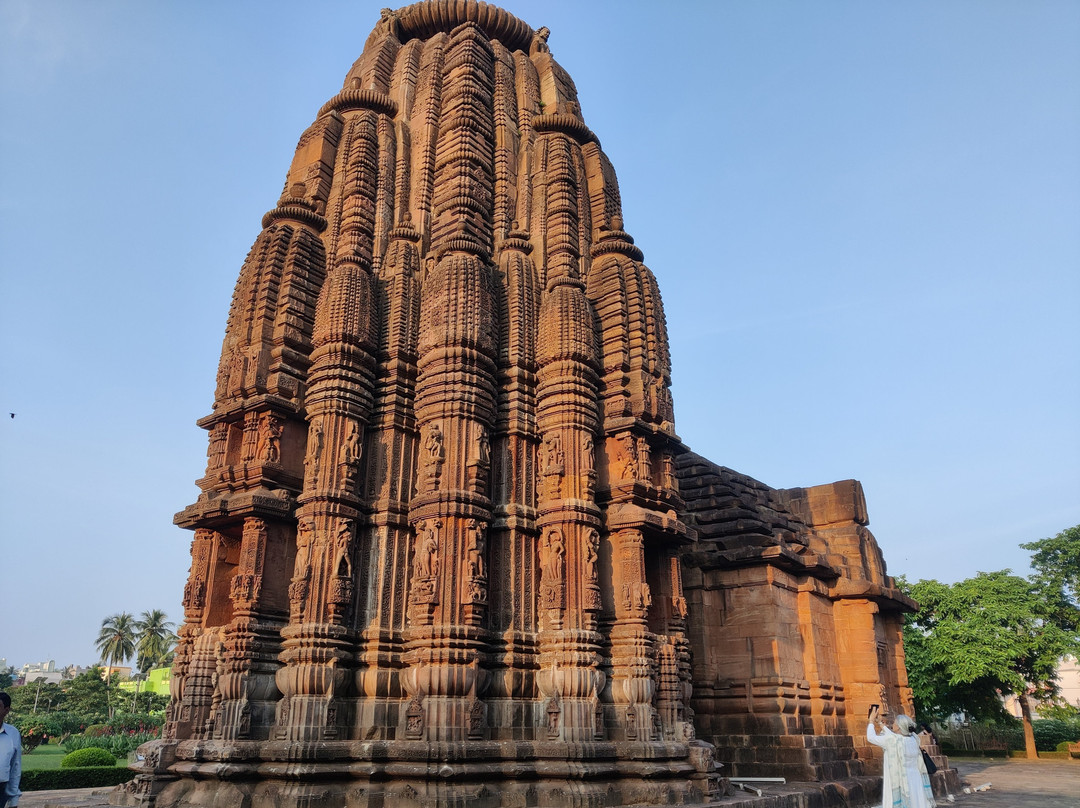
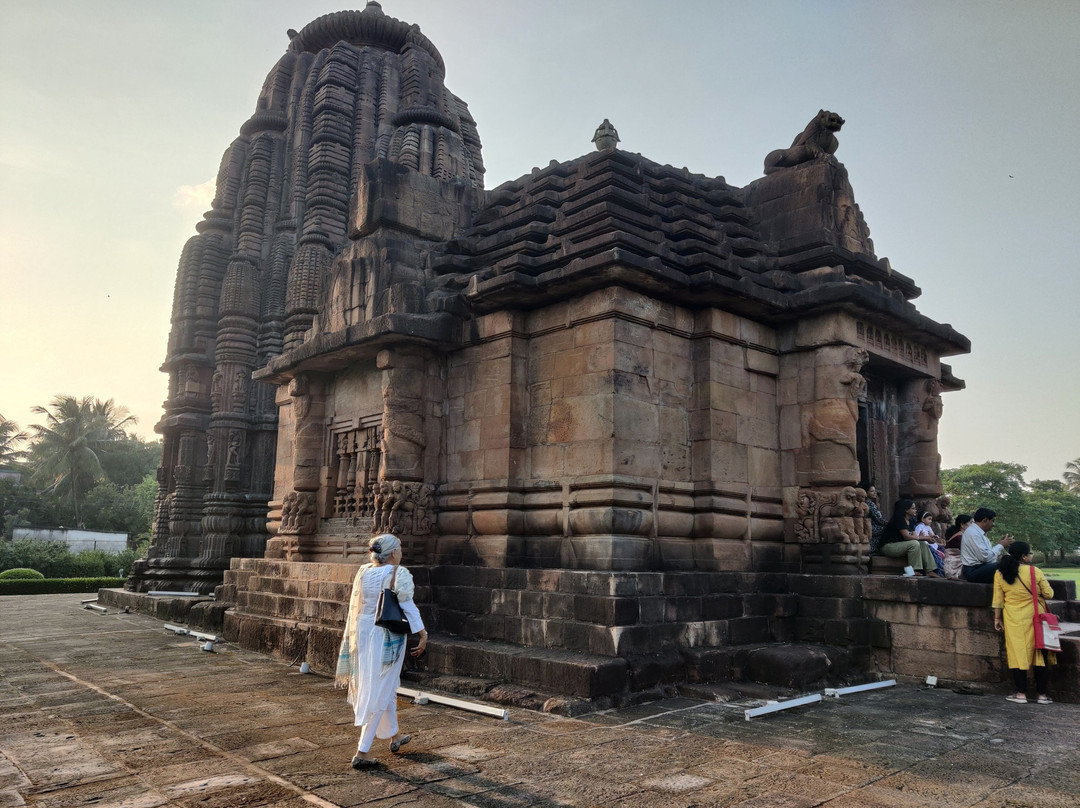
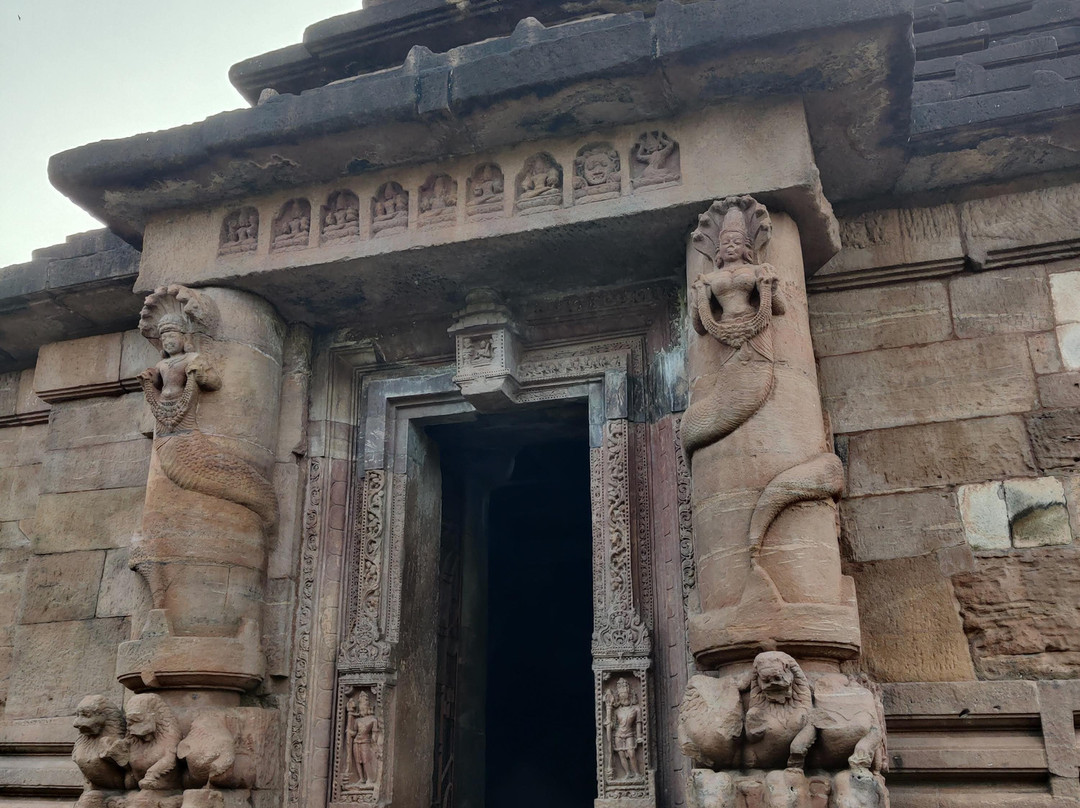
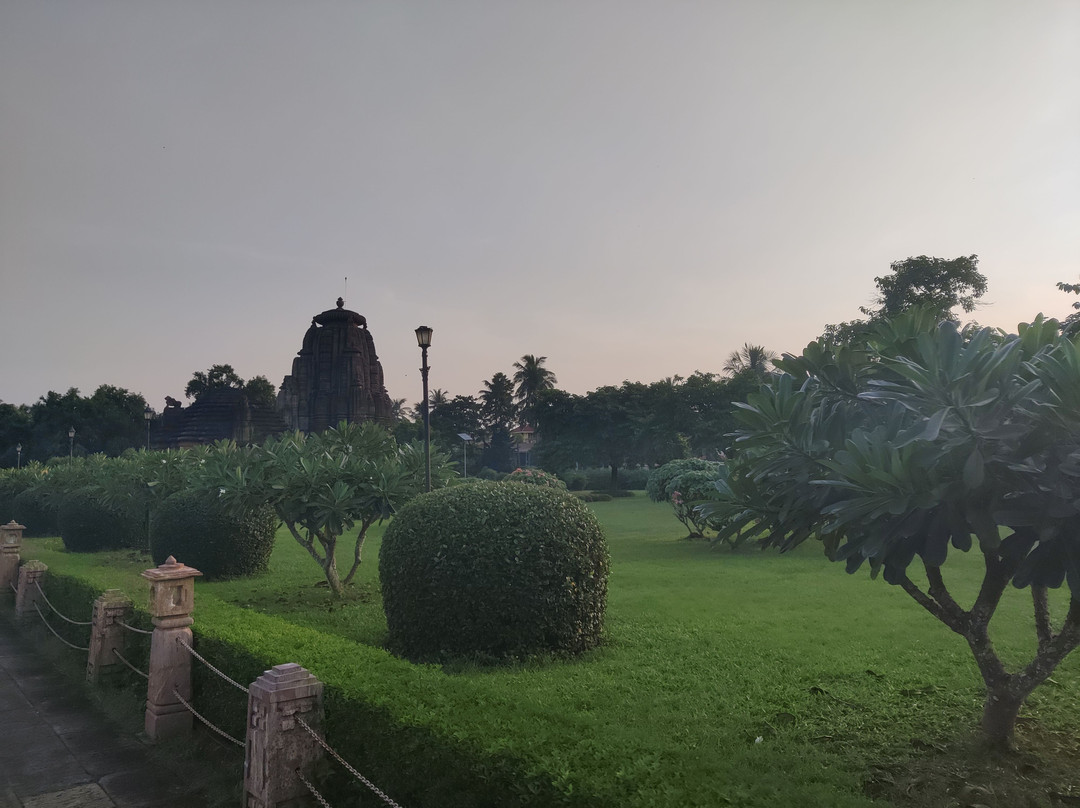
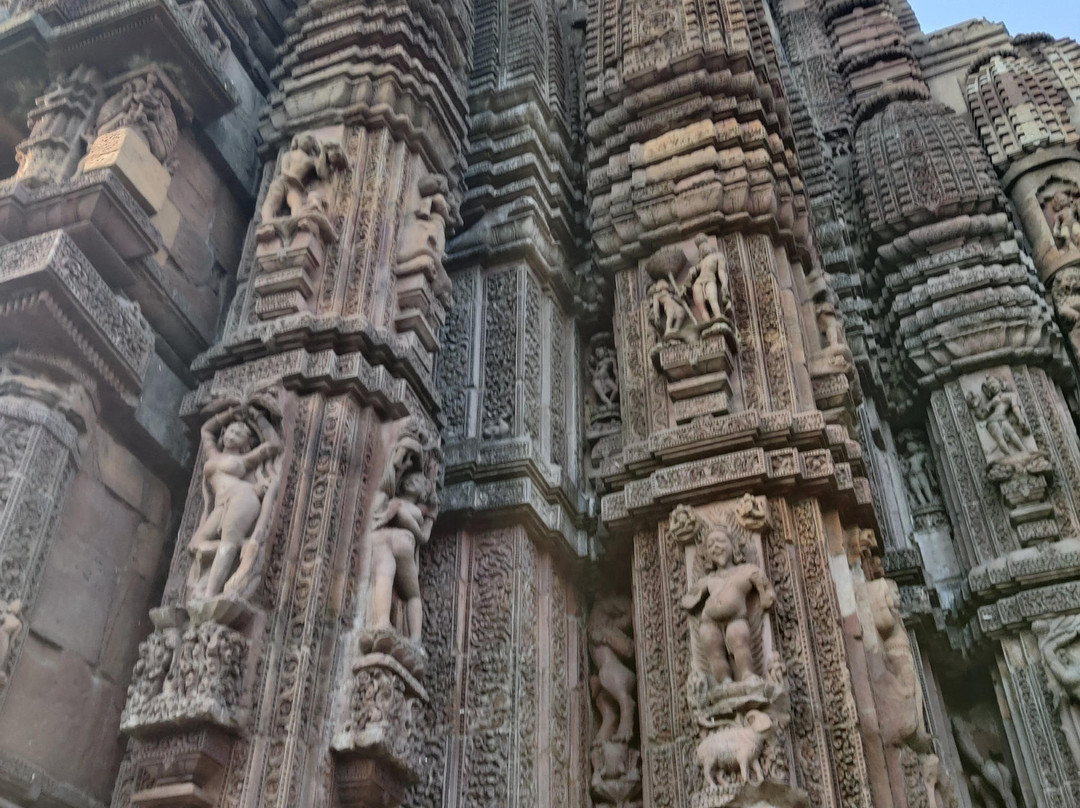
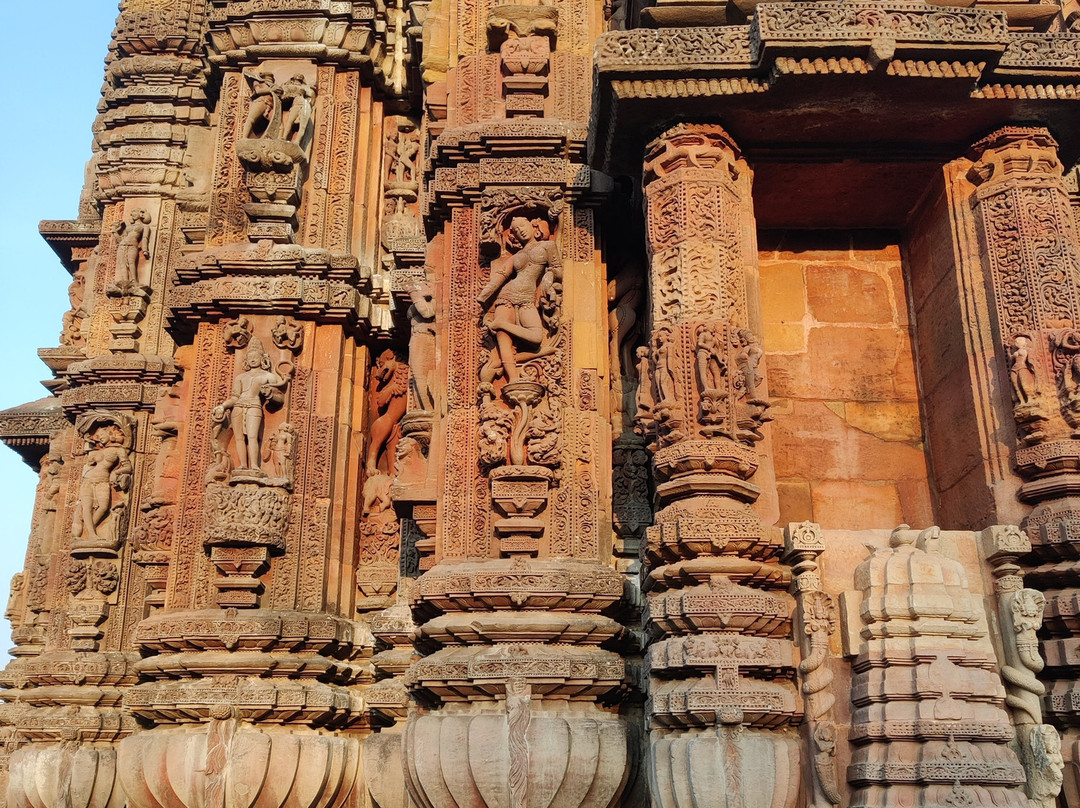
此点评仅代表旅行者个人的主观意见,并不代表TripAdvisor以及其合作方的意见。
关于我们
|
新闻动态
|
商务合作
|
会员中心
|
业主中心
|
业主通
|
常见问题
|
意见反馈
|
联系我们
|
营业执照
© 2025 Tripadvisor 版权所有。
使用条款 |隐私政策 |网站工作原理
部分照片由 VFM Leonardo 提供。
* Tripadvisor不是旅行社,也不是旅游预订服务代理商。我们提供免费、客观、公正的旅游资讯服务。 (显示更多)
TripAdvisor LLC 既不是预订代理商,也不是旅游运营商,不会向网站用户收取任何服务费。 按照规定,在 Tripadvisor 发布机票价格、游览和旅行套餐的合作伙伴(航空公司、旅行提供商及预订代理商),其标价须包含所有费用和附加费用。 例如, 机场出入境税费、消费税与其他服务费、手续费、杂费及附加费用。 当您向我们的某个合作伙伴进行预订时,请务必查阅他们的网站以了解当地行政部门要求的所有适用费用的具体情况。 除非另有说明,机票价格通常指的是一个人的价格(以人民币计)。
为方便起见,TripAdvisor LLC 根据从我们的预订合作伙伴获取的空房率计算每个酒店的均价。 对于游览和景点来说,所显示价格通常是每位成人的最低可用价格。 对于列出的任何旅行套餐或优惠,TripAdvisor LLC 无法保证任何特定的费率或价格。 此外,酒店均价每晚会更新,并以您的首选币种表示(使用现行汇率)。 由于这些已换算的价格是预估价格,因此,有关具体金额和币种请与预订网站进行核实。
此外,TripAdvisor LLC 无法保证我们网站上宣传的价格随时有效。 标价可能需要预订一定天数才能生效,或有不可用日期、使用条件或限制。
TripAdvisor公司对外部网站的内容一概不负责。优惠价格中不含税和其他费用。
ICP证:沪B2-20200433
沪ICP备20013175号
 沪公网安备31010502005427号
沪公网安备31010502005427号鹰程信息技术(上海)有限公司
货币/国家及地区
¥CNY
中国

